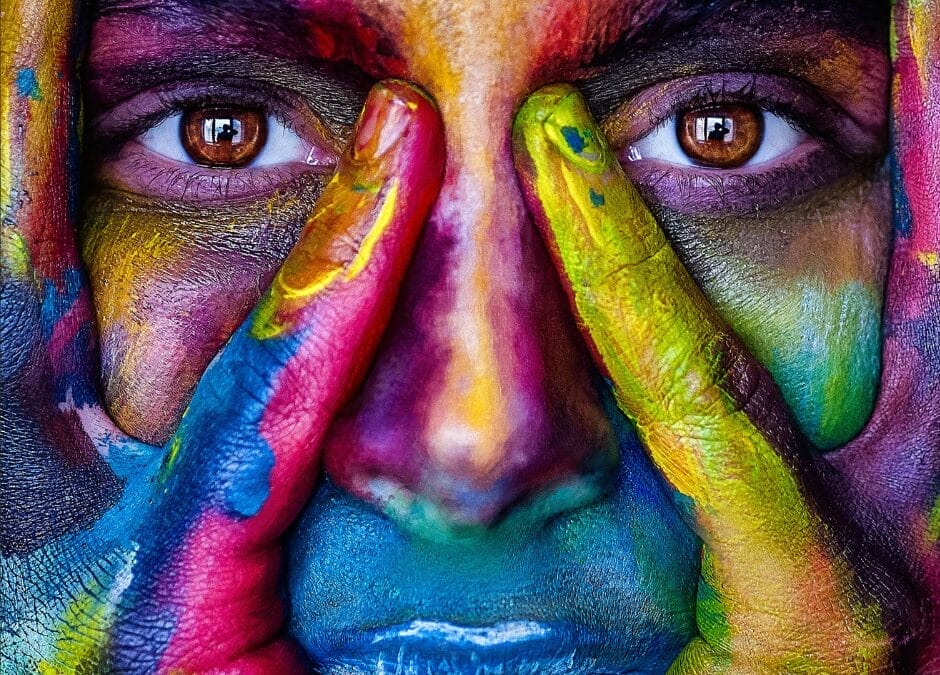Definitions of trauma
Within the therapeutic professional community, our understanding of trauma has progressed dramatically in the last 20 years. The likes of Gabor Mate, Dan Siegal and Bessel van der Kolk have deeply enriched our understanding of how trauma manifests, and particularly the neurological and physical impact of trauma.
In the western world, psychological trauma has traditionally been synonymous with the concept of ‘PTSD’, defined by the presence of a traumatic event, with manifestation three core types of symptoms – avoidance of traumatic reminders, re-experiencing the event and feelings of threat. More recently, the concept of ‘complex PTSD (CPTSD)’ has become a more commonly used descriptive term, and has been added as an official diagnosis to the ICD-II. Compared to PTSD, CPTSD more broadly captures the impact that pervasive, or early life, trauma has on several aspects of development and functioning including cognition, physical health, emotional health, behaviour and relationships.
This is great progress. Yet, arguably, we still have some way to go in defining trauma, particularly in terms of capturing rich cultural conceptual differences. We’ve explored a small snapshot of these below.
Idioms of distress
A study of Cambodian refugees following the Pol Pot regime1, found that alongside sleep paralysis and panic-like phenomenology (more traditional trauma symptoms), many exhibited local cultural idioms of distress, such as:
Khyâl attacks (wind attacks). Khyâl attacks are acute, catastrophic fears about sudden bodily dysfunction, through the loss of the use of arms or legs
Following the devastating Sichuan earthquake in south-central China in 2008, locals exhibited:
“shenjing shuairuo” (or neurasthenia)
This includes fatigue, bodily weakness and exhaustion and more nonspecific aches and pains, perhaps more similar to a Western biomedical of depression, rather than PTSD.
In Haiti, many people blamed supernatural curses following the 2010 earthquake and sought help from Voodoo priests. Instead of more classic trauma symptoms, they described having a lack of appetite or a “constricted heart”.
In Maori culture, a range of words such as ‘patu ngakau’ and ‘mamae’ refer to trauma. Historical trauma, including acts of oppression against the Maori people, is viewed as a Soul Wound – a spiritual injury from ancestral hurt, leading to soul sickness and wounds. In Maori culture if the (Maori) caretakers of the earth are wounded, there is a deeper, soul wounding.
The Psychotherapist, Dr Ken Hardy has studied black gang violence in American cities. He has extended the definition of trauma to include racial oppression, which he believes can lacerate, “the spirit, scar the soul and puncture the psyche,”2
Moving beyond a Western ‘traditional’ concept of trauma
Working in trauma-informed care can be complex – clinicians support clients with a wide range of adverse experiences, many of which have been extremely complex and pervasive. Adverse experiences and related symptoms occur within a cultural context. The current ICD-11 diagnostic model, though salient, may benefit from a more emic, cross-cultural approach. As a therapeutic professional community, clearly there is a need for us to be mindful of cultural blindspots, historical trauma, racial oppression and local, cultural idioms of distress.
Recommended further reading:
Dr Kenneth Hardy (2007) : “Teens who hurt:clinical interventions to break the cycle of adolescent violence”
References:
1 Hinton DE, Lewis-Fernández R: Idioms of distress among trauma survivors: subtypes and clinical utility. Cult Med Psychiatry 2010; 34:209–218. Crossref, Google Scholar
2 Healing the Hidden Wounds of Racial Trauma by Kenneth V. Hardy https://static1.squarespace.com/static/545cdfcce4b0a64725b9f65a/t/54da3451e4b0ac9bd1d1cd30/1423586385564/Healing.pdf


